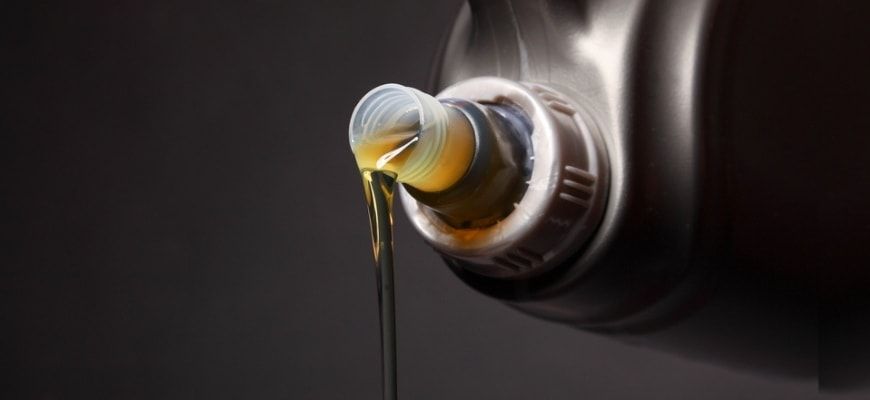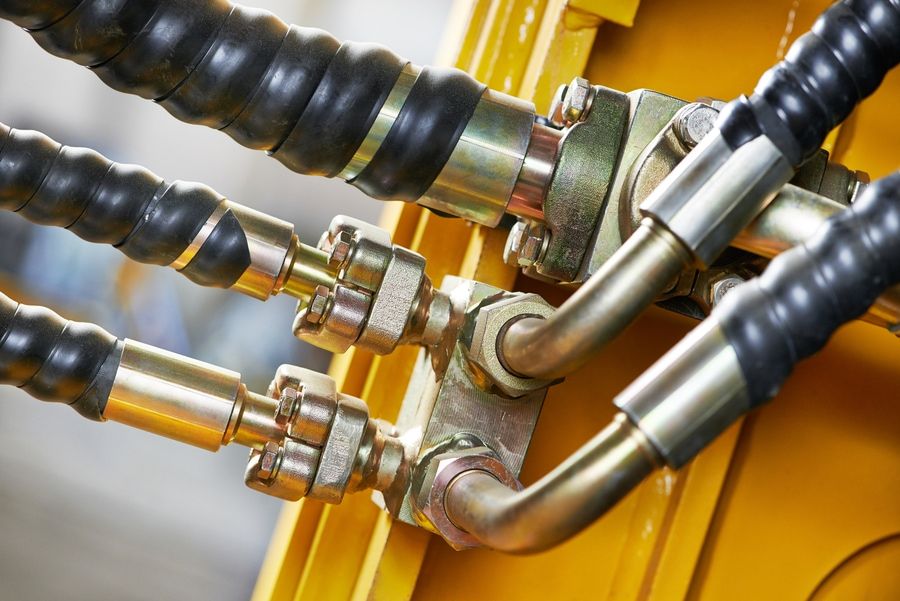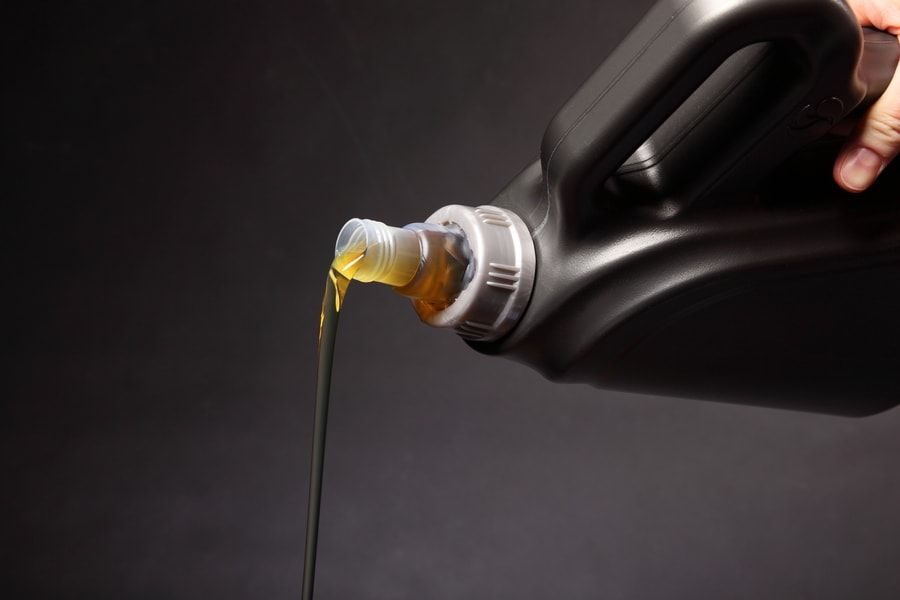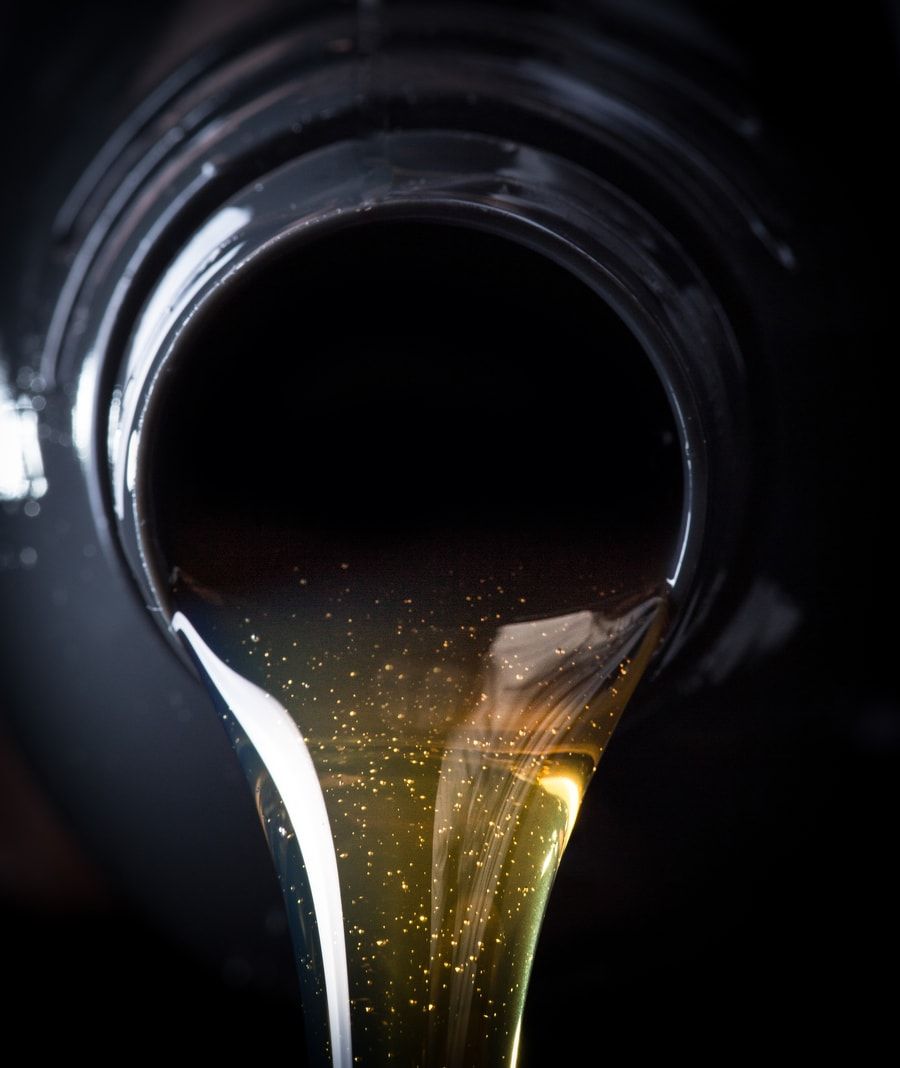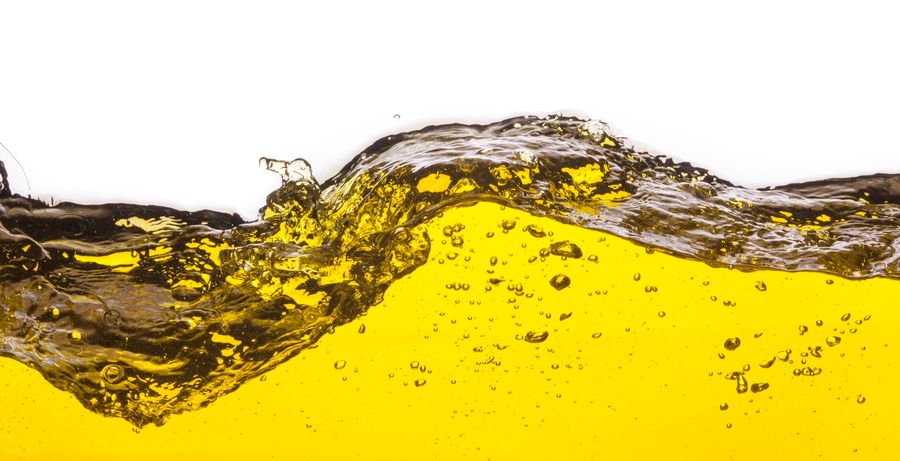Unless you use a kinetic powered log splitter, your machine is run off a hydraulic system to provide unparalleled wood splitting power. This requires you to pay attention to your fluid levels and provide the proper hydraulic fluid to keep your splitter running as it should. Understanding how this system works, and the types of oil to use is crucial for your splitter’s power and longevity.
Therefor, It is fair to ask what hydraulic oil is recommended for log splitters in order to get the right product. In short, you should always use the recommended hydraulic fluid provided by the log splitter manufacturer. With that being said, you might not always be able to find the exact brand or type suggested and need to know what is comparable, or what additive is present.
How Hydraulics Work
The term hydraulic is used to help explain the study of liquids and how they function. In a hydraulic system fluids are pressurized to create large amounts of power. A hydraulic system has 4 main components:
The Reservoir
This is where the fluid is held to transfer heat into the system and remove unneeded air.
The Pump
The pump moves fluid in the reservoir on the basic principle of moving fluids through pressure. This pressure is what is responsible for the mechanical energy within the system.
Valves
Valves direct fluid movement and start and stop the system. Valves are controlled through mechanical, manual, electric hydraulic, and even pneumatic methods depending on the system.
Actuators
This is what converts hydraulic energy into mechanical energy for use. Depending on the system this can loko different from one product to the next.
Difference Between Hydraulic Oil and Fluid
The terms hydraulic oil and hydraulic fluid are often used interchangeably, but it is important to explain that they are not one and the same. Hydraulic oil is a fluid, but hydraulic fluid often consists of other fluids, including water, water-oil emulsions, and salt solutions. The reasoning behind these differences is quite important; in short, oil is highly flammable and is not suitable for use near an ignition source. The high pressure of the oil when used in hydraulics means you may have spray- which can easily ignite.
Both oil and fluid are designed to transmit power while lubricating and acting as a coolant. Fluids have a wider range of use, however, and are commonly found in transmissions and power brakes and steering purposes, as well as used as a powerful driving force in products such as log splitters. Because it is the main energy transfer medium in all hydraulic systems, having the proper fluids at proper levels is crucial for machine use.
When to Change Your Hydraulic Fluid
Adding and changing your hydraulic fluid is important to keep your splitter working as it should. Improper fluid levels will keep your splitter from applying power as it should, and can even stop it from working altogether. In fact, the most common troubleshooting questions are easily solved by checking for fluid levels and air leaks within the hydraulic system. A rule of thumb to remember is to check your fluid levels regularly and change it after every 100 hours of work.
What Choices Exist?
Although you should always use the oil recommended by the log splitter manufacturer to avoid damage to your splitter, you should understand what you are looking at when purchasing the oil type. These fluids are either mineral based or synthetic. Mineral oil hydraulic fluids are derived from crude oils, whereas synthetics are man-made in a lab. The choice is entirely personal, but many people prefer a synthetic for older machines as it has tendency to lubricate more efficiently to extend wear.
Additive Options
The following terms explain additive options you may see labeled on your oil. These can help your machine run under varying conditions, such as in high heat or freezing temperatures, or in older machines to help prolong the life.
Anti-wear
Prolongs the life of the machinery and protects and lubricates.
Cold Flow
Used for extreme cold weather conditions
Anti-foaming
Some detergents may cause foaming and reduce quality. Anti-foaming agents reduce this foaming to make it more efficient and safe to use.
Anti-oxidant
Helps reduce sludge deposits and prolongs the use of the machine between oil changes.
Anti-rust
This is a protective coating agent to reduce the risk of rust damage.
Environmentally Friendly Options
Biodegradable oils may be used for a more environmentally friendly option. These are typically derived from rapeseed and other vegetable oils.
Viscosity Indexes
Viscosity is an important term when referring to hydraulic fluids. Viscosity is used to describe the fluid's resistance to flow. Increased viscosity results in a longer time frame to pass through an orifice, and will be thicker and harder to compress. Low viscosity refers to a thinner, more fluid oil.
Weather can affect oil viscosity and make a low index viscosity thicker until it warms up. The number of your viscosity grade is expressed through an ISO number. Choose a thinner option for cold, winter weather and a midrange to thicker option for high heat work.
Fluid Classifications
These subgroup classification help explain varying performance levels and additives. If you see these letters on a bottle you will know what they are referring to:
HL
Onti-oxidation and anti-rust refined mineral oils
HM
Includes anti-wear properties
HR
Includes VI improvers. These are additives to improve viscosity in a wider range of temperature uses.
How Much Hydraulic Fluid is in a Splitter?
Each log splitter is different in how much hydraulic fluid it takes. Most reservoirs 3.5 to 7 gallons depending on the size and power of the machine, but you should always check with your specific model’s need and manufacturer's recommendations.
Conclusion
If you own a log splitter of the gas, electric, or manual variety, then you definitely need to pay attention to your hydraulic fluid levels. Be sure to take into account the type recommended by the manufacturer in order to keep your splitter in proper working order.
If you have any further questions or comments, please let us know below. And, as usual, please share!

